Advocacy
90 mins
Open source investigations for human rights: Part 1
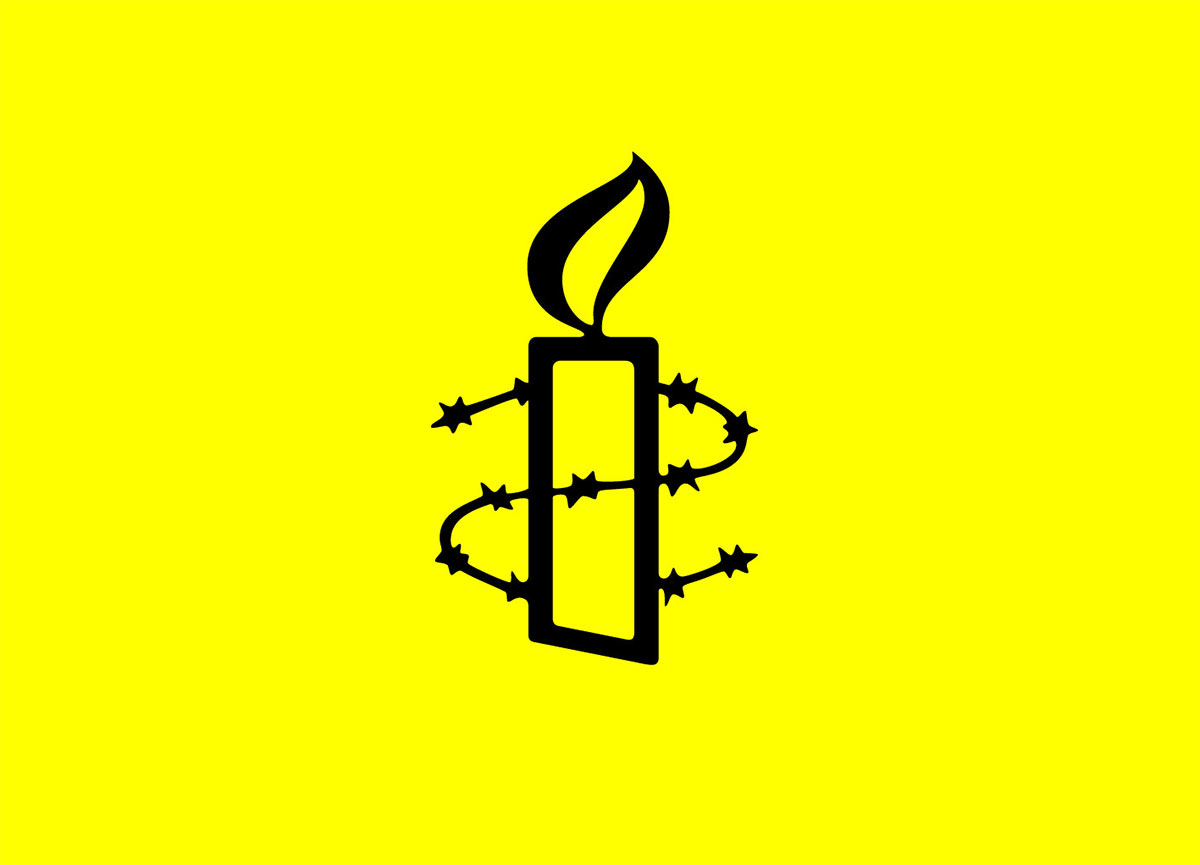
- Abstract:
- This course provides an introduction to methods and best-practice of open source research, and the ways that these new methods of information gathering can be used for human rights reporting and documentation.
- About this course:
- The global proliferation of smart phones containing cameras along with modern technology have led to rapid changes in the way that information about human rights abuses is captured and disseminated - whether it be videos recorded on mobile phones and shared on social media or satellite images showing environmental change. As a result, the ability to make use of this digital content has become a critical skill for human rights researchers and advocates. This course is designed to equip lawyers, human rights advocates, journalists, data scientists, and other activists with the tools and observational skills needed to monitor and report on human rights violations in the digital age.
- What do I learn:
- This introductory course is intended to provide human rights practitioners with an overview of how to discover, analyse and verify open source content for use in human rights advocacy or legal accountability. It will also discuss the challenges of working with open source content, including information about ethical concerns, resiliency and tips for mitigating the impact of vicarious trauma.
- What do I need to know:
- This course is useful for anyone with an interest in using open source information and research techniques to monitor and report on human rights violations.
Trainers
- 1.1 Introduction to the course1.2 What is open source investigation?1.3 How is open source investigation used in human rights advocacy?1.4 Interview with Amnesty expert talking about specific use cases/value of open source1.5 US protests case study
- 2.1 The basics of verification & why it matters2.2 Developing a verification mindset2.3 Verification puzzle: who, what, where & when?2.4 Overview of basic tools used in verification2.5 Quiz: identify clues to answer basic questions about set of images2.6 How Amnesty uses verification
- 3.1 Identifying what needs verification3.2 Checklist for verifying content3.3 Establishing a workflow3.4 Case study: Libya debunk
- 4.1 Setting up a workstation: getting ready to verify information4.2 Ethical concerns about using open source information4.3 ‘Blind spots’ of open source evidence for human rights investigations4.4 Online safety and digital security
- 5.1 What is vicarious trauma?5.2 Why is it important to know about vicarious trauma?5.3 Psychosocial mitigation tips5.4 Technical mitigation tips5.5 Quiz: vicarious trauma and mitigation
- 6.1 Wrap up video
Related courses
 CUNY Brooklyn College
CUNY Brooklyn College
90 mins
 CUNY Brooklyn College
CUNY Brooklyn College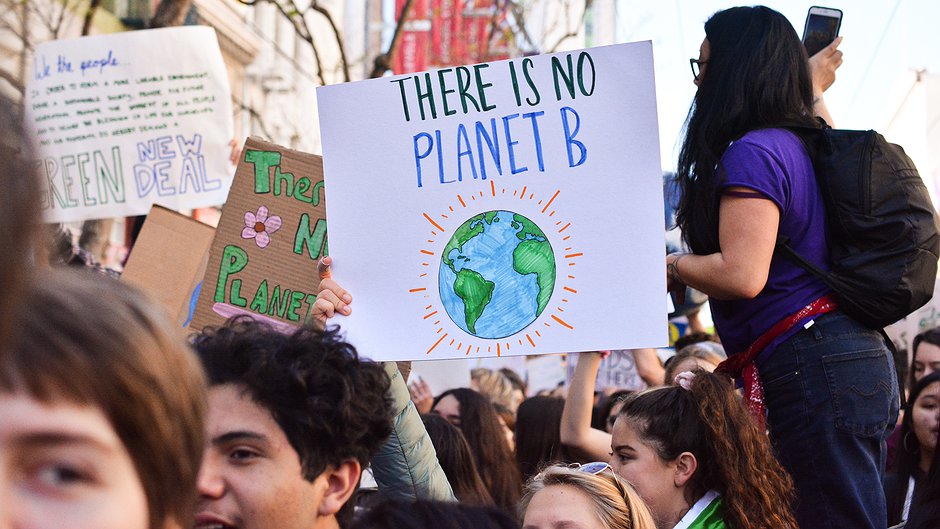
40 mins
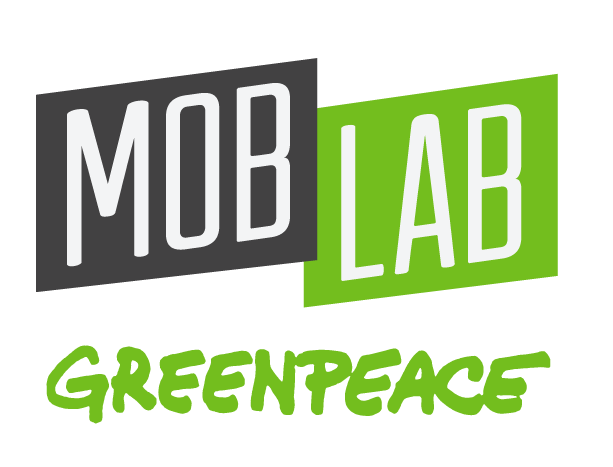 Greenpeace Mob Lab
Greenpeace Mob Lab
40 mins
 Greenpeace Mob Lab
Greenpeace Mob Lab
Suggested reading
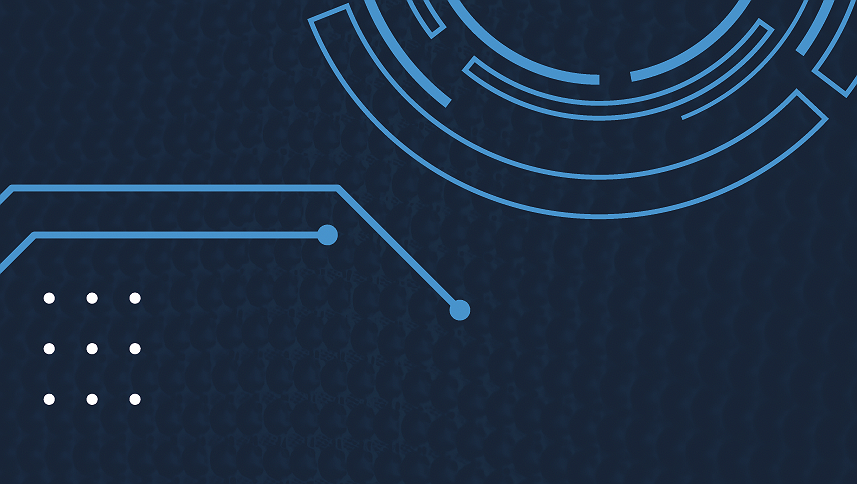
Blog
Building Capacity for Monitoring & Documenting Human Rights Violations
The purpose of this assessment is to evaluate the efficacy of strategies used by HRPs/HRMOs for communicating during blackouts. The goal of this project envisages to see a ZimbabweanCivilSociety that is prepared to document and monitor human rights violations without hiccups during internet shutdowns.

Blog
Advocacy Assembly Internet Shutdown Academy: Creative Strategies to Fight Back
Internet shutdowns are occurring increasingly globally, posing significant threats to freedom of expression, access to information & economic growth. These shutdowns manifest in various forms through different technical measures & are implemented by governments in various circumstances. Responding to this threat of internet shutdowns, Advocacy Assembly designed the Internet Shutdown Academy, a set of 10 full online courses in 7 languages!

Blog
Evaluating the Efficacy of State-Imposed Telecom Shutdowns in Northwest Nigeria
This article casts doubt on the shutdowns' effectiveness in curbing banditry, exposing alternative explanations for any temporary decrease in attacks. It questions the legitimacy of justifying these shutdowns as effective counter-terrorism measures, advocating for alternative approaches that prioritize community engagement, human rights, and development initiatives to address the root causes of insecurity and foster lasting peace in Northwestern Nigeria and Nigeria at large.

Blog
Impact of the Twitter Ban in Nigeria
This post is a research study on the impact of the Twitter ban in Nigeria on Human Rights Monitoring, Advocacy and Creativity. Read more.
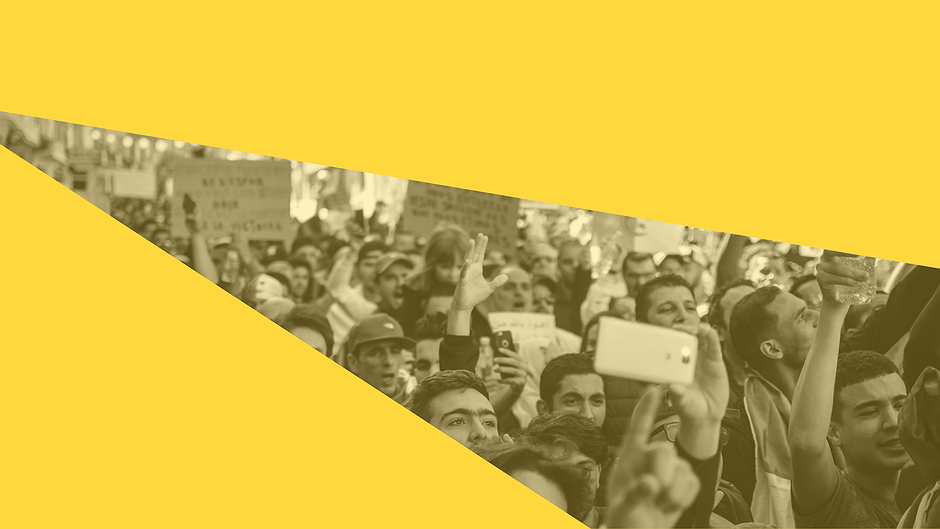
Blog
Four Free Toolkits to Fight Internet Shutdowns
Let’s tell you a little bit more about each toolkit!
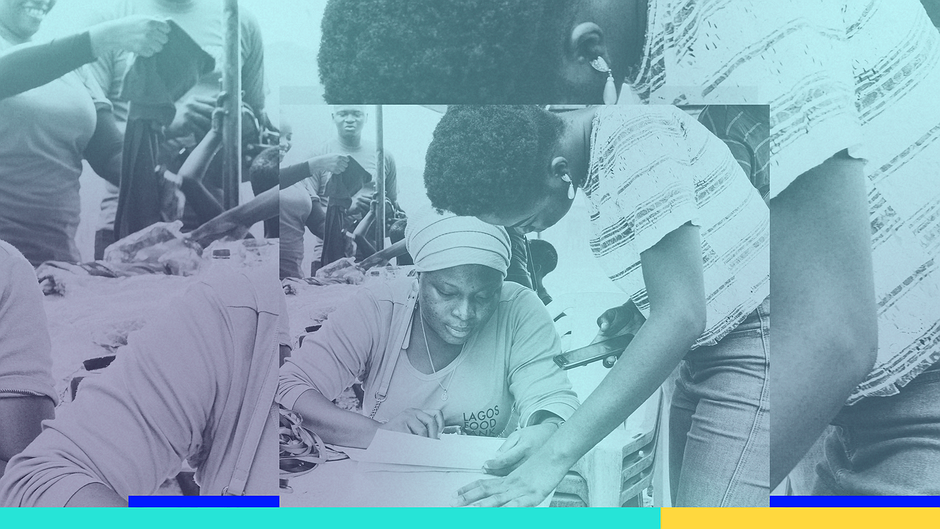
Blog
The Impact of Internet Disruptions on Farmers in Nigeria
In Nigeria’s Northwestern Sokoto State, farm workers grapple with geopolitical challenges, shifting climate realities, and economic turbulence. However, they now face a new, growing threat: a troubling rise in internet disruptions, which threatens their ability to work in an increasingly digitally connected world. Read more.
